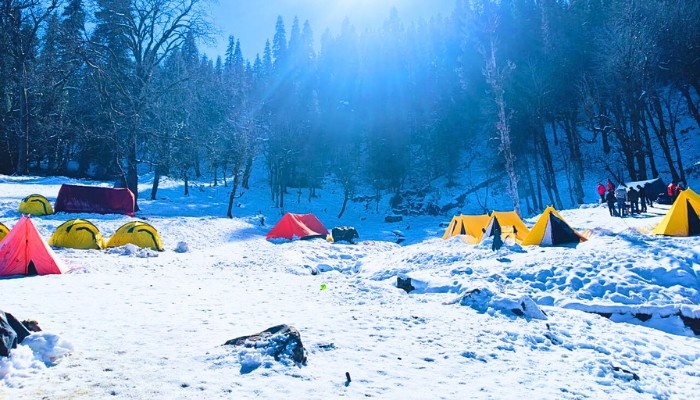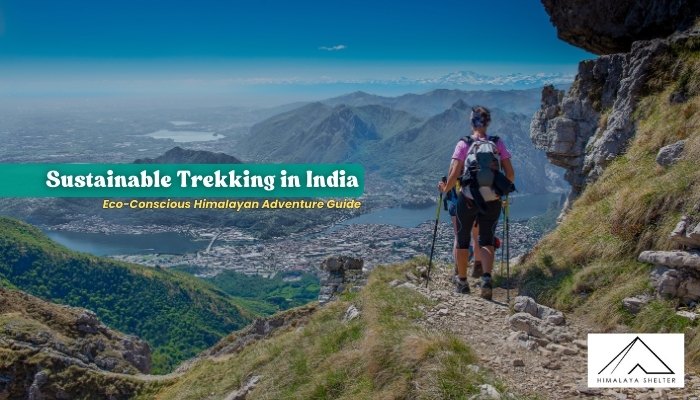
Sustainable Trekking in India : Eco-Conscious Himalayan Adventure Guide
When thinking of trekking the Himalaya region your mind will immediately imagine the clean fresh air, stunning mountain views, and villages nestled in valleys that look like paintings. In the last few years, though, the view has changed. Now there are plastic bottles in the streams, wrappers clinging to rocks, and sidewalks worn down by too many broken boots.
In India, trekking now means more than just the goal.
But, the journey is equally important. Increasingly, trekkers are opting for sustainable trekking in India. They want to experience the hills while actively improving them instead of causing damage. Regardless of whether you are attempting your very first trek in the Himalayas or are a seasoned climber attempting to be eco-friendly, this guide covers all the details you need to be trekking thoughtfully, morally, and sustainably.
What is Sustainable Trekking and Why Does it Matter in India?
The principles of sustainable trekking in India works towards integrating support for the local communities while ensuring that the least harm is done to the environment. This is immensely important as it allows people to give back to nature and the mountains as a whole.
In the Indian Himalayas, regions that are home to delicate ecosystems, the presence of such methodology is essential in the first place. Unlike other regions, waste and litter here tends to stay in one place for even decades. The excess of tourists can also be harmful to the regions as the trails tend to get worn out and the villages get overburdened. Moreover, the glaciers are also at risk of shrinking due to the changing climate.
But here’s the good news: every small decision you make (every biodegradable soap, every reusable water bottle) adds up.
Gear Up: Essentials for Low-Impact Himalayan Treks
Eco-friendly approach doesn’t conflict with ease, comfort, and safety. It does, however, require a bit more consideration concerning baggage. Here are some eco-conscious trekking tips for you:
- Filter-Equipped Reusable Water Bottle: Abandon bottled water. With good filters, you can safely drink from local water sources without negative impact to ecology or your health.
- Solar Charger: Especially useful in off-grid villages, keeps your gadgets running without using local power.
- Headlamp Fitted with Rechargeable Batteries: Say no to single-use batteries.
- Cookware for the Lightweight Traveler: If you are going semi-self-supported, opt for kit designed to use minimal fuel.
Just invest once and Trek forever!
Toiletries & Clothing: Your Eco-Friendly Trail Kit
It is easy to overlook, but your shampoo can do more harm than your footsteps. So, it is better to go for Green Trekking Practices and use:
- Biodegradable Toiletries: When packing your soaps, shampoos, and even toothpaste= make sure that they are truly biodegradable, especially if you are washing up near streams.
- Menstrual Products: It is really wise to consider reusable options like menstrual cups or cloth pads.
- Natural Fiber Clothing: Merino wool, bamboo, organic cotton can breathe better, last longer, and don’t shed microplastics. So, go for them!
Plus, natural fibers mean you will smell slightly less “hiker-y” after a week in the wild.
Waste Management: Leave No Trace, Literally
The golden rule of zero waste trekking India? If you carried it in, carry it out. That includes tissues, wrappers, and even orange peels.
A few easy Green Trekking Practices:
- Carry a personal waste pouch or dry bag for all your trash.
- Use reusable snack bags or containers instead of single-use plastic.
- Burn paper waste only if it’s safe and legal (some trails have strict fire bans).
- And always, always pick up trash if you see it (even if it’s not yours).
Ethical Adventure Travel? Do It Right in the Mountains!
Whether you are wild camping or staying at designated sites, your camp should look like you were never there. So, you must follow eco-conscious trekking tips:
- Set up at least 60 meters away from water sources
- Avoid digging fire pits
- Use a portable stove or existing fire rings
- Camp on durable surfaces like gravel or established clearings—not on fragile alpine vegetation
And remember: that epic sunrise selfie? It’s better with a clean conscience.

Ethical Adventure Travel
Support the Locals: Travel That Gives Back
Responsible travel Himalayas? It isn’t just about the environment rather it is about people too. So, the best way to experience the Himalayas is through the eyes of those who live there.
- Hire local guides and porters. Not only do they know the terrain better, but your support helps sustain mountain communities.
- Stay in homestays instead of commercial hotels.
- Eat local food. Dal, rice, momos, thukpa and every bite you enjoy keeps money in the local economy.
- Responsible travel to the Himalayas means understanding that you are a guest in someone else’s home.
Apps & Tools That Make Sustainable Trekking Easier
Yes, your phone can actually help you be a better trekker.
- Gaia GPS / AllTrails – Stick to trails to prevent trampling new paths.
- Zero Waste App – Find refill stations and eco-friendly shops in Indian towns.
- Leave No Trace App – It offers simple tips and checklists before, during, and after your hike.
Read here: Best apps for trekking in himalayas
Go Where Fewer Boots Go!
Everyone wants to do Kedarkantha or Kashmir great lakes trek. Yes, that is for good reason. They are really amazing. But the flip side? They are crowded, Over-trekked and Worn down as well.
But here's the solution? You can go on a less-crowded trails that offer beauty without the buzz.
Try:
- Phulara ridge trek (Uttarakhand)
- Tarsar marsar lake trek (Kashmir)
- Har ki dun trek (Uttarakhand)
- Valley of flower trek (Uttarakhand)
- Chopta chandrashila trek (Uttarakhand)
To check out the list of more treks, you can connect with the experts of Himalaya Shelter and grab the exciting offers!
Be Part of a Movement, Not Just a Trek
Ethical adventure travel cannot be achieved simply by completing a checklist, for it is an attitude. It is the willingness to change one’s relationship with nature, from one of taking to one of giving.
The ethical trekking community is expanding rapidly across India. Take part in clean-up campaigns. Offer your time to assisting trekking groups. Teach novices to hike. Initiate discussions. All of this can happen while on the trail.
The Himalayas have offered us a great deal - it is our responsibility to repay the debt.
Final Thoughts on Sustainable Trekking
The mountains don’t ask for much but just that we treat them with respect. Sustainable trekking India isn't about being perfect; it is about being mindful. Every wrapper packed out, every eco-friendly choice, every rupee spent locally are the simple things to move one more step in the right direction.
Next time you tie your laces and zip up your backpack, ask yourself: “How can I tread lighter today?”
Because these trails deserve to be here for generations to come.
About Author
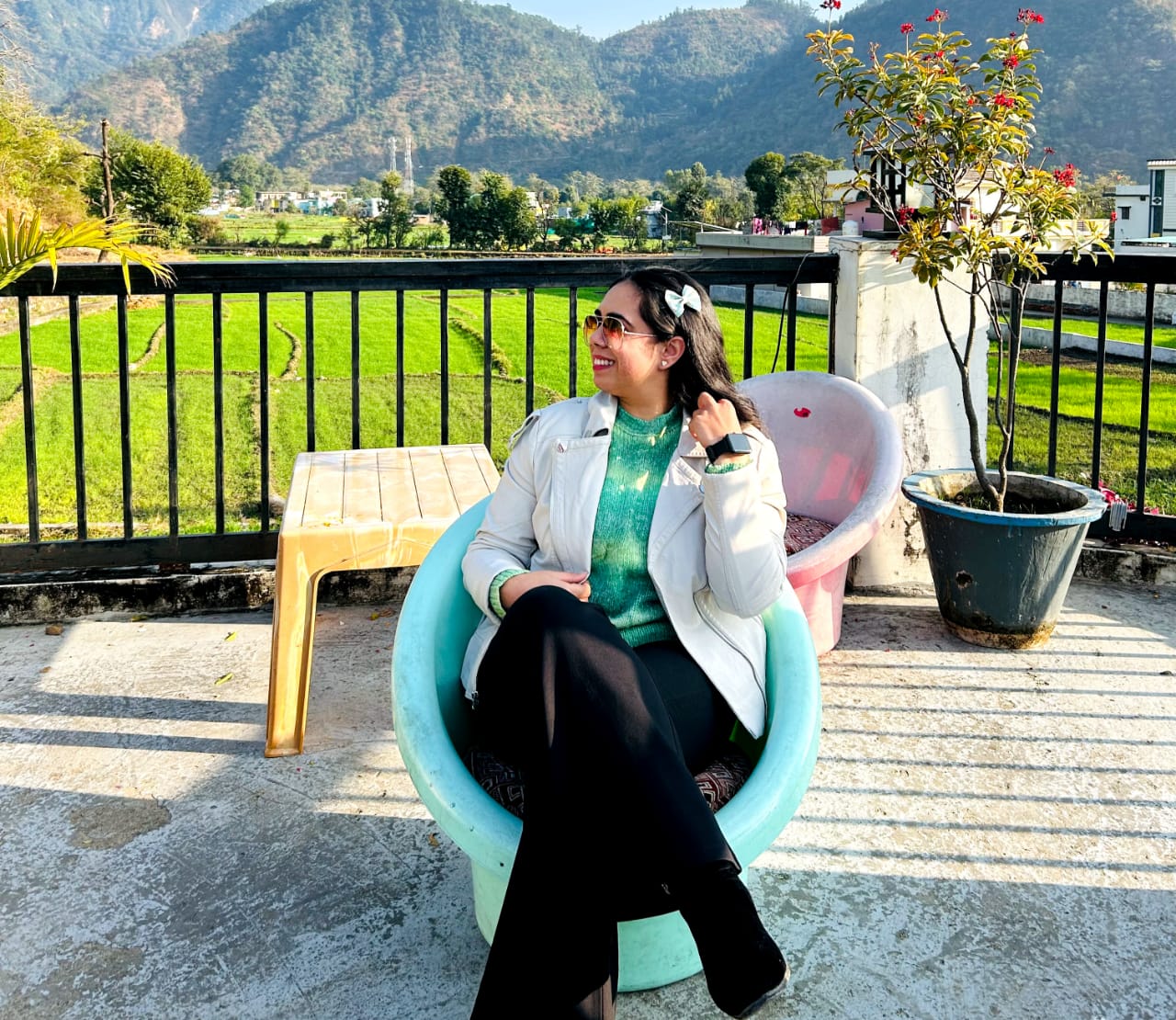
Varsha Sharma
Varsha is a talented content writer from Dehradun with a Bachelor’s degree in Journalism and Mass Communication. With over 2+ years of experience in the field, she specializes in writing engaging blogs, news articles, and social media content across various niches. Her passion for capturing audiences’ attention with unique and interesting content makes her an invaluable asset to any project.
Recent news
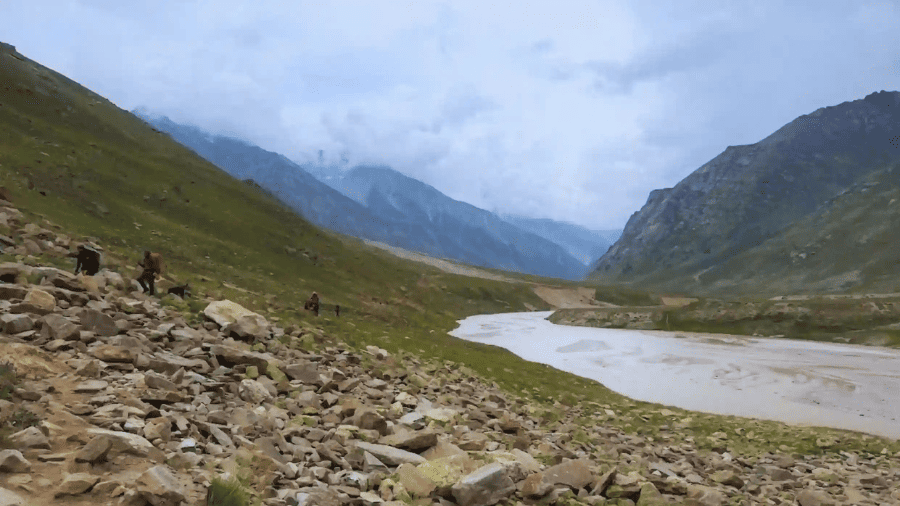
23 Dec 2025

20 Dec 2025
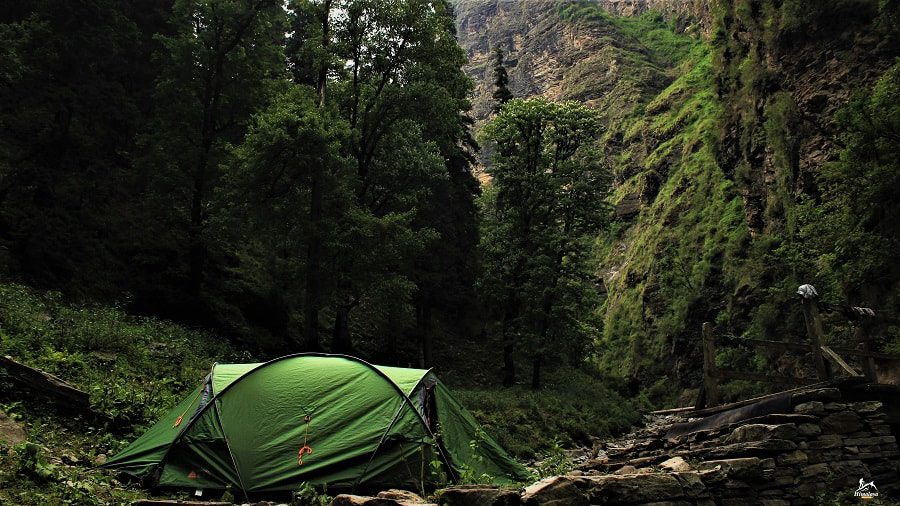
18 Dec 2025

16 Dec 2025
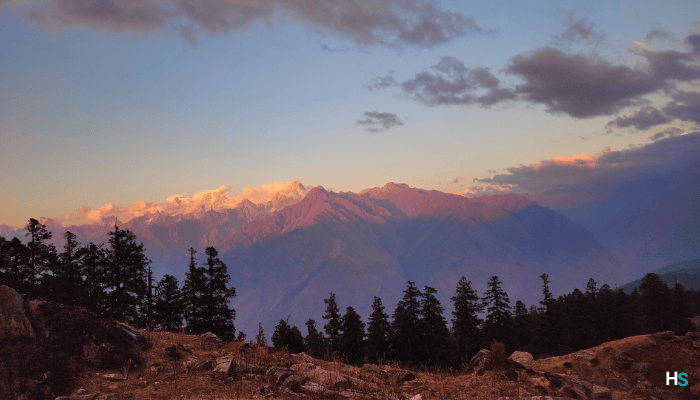
10 Dec 2025
Recommended Treks

Cost: ₹45000 | $513
Type: Difficult
Best Time: May to June and September to October

Cost: ₹11,299 | $125.46
Type: Easy
Best Time: Jan | Feb | Mar | Aprill | May | Jun | Sep | Oct | Nov | Dec

Cost: ₹9900 | $114
Type: Easy
Best Time: April to June and September to November
